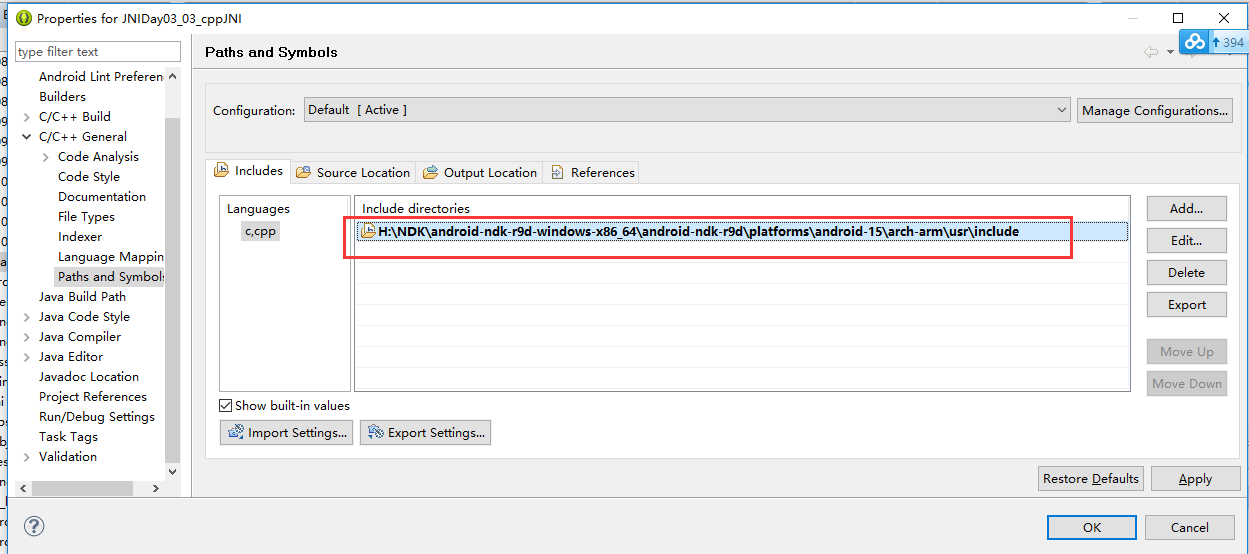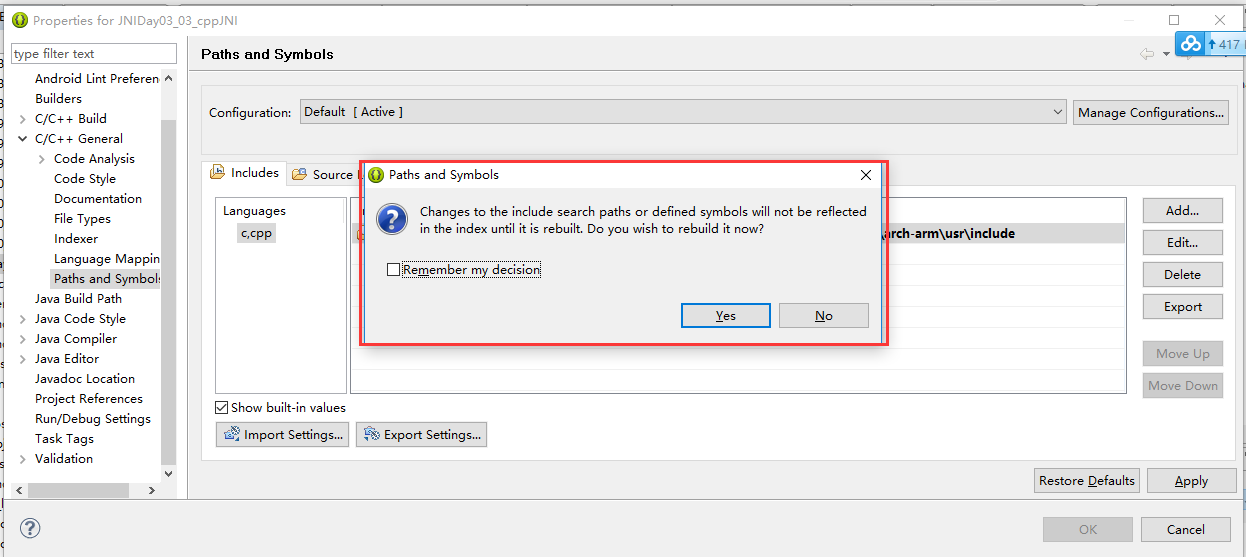01_c++下jni开发说明
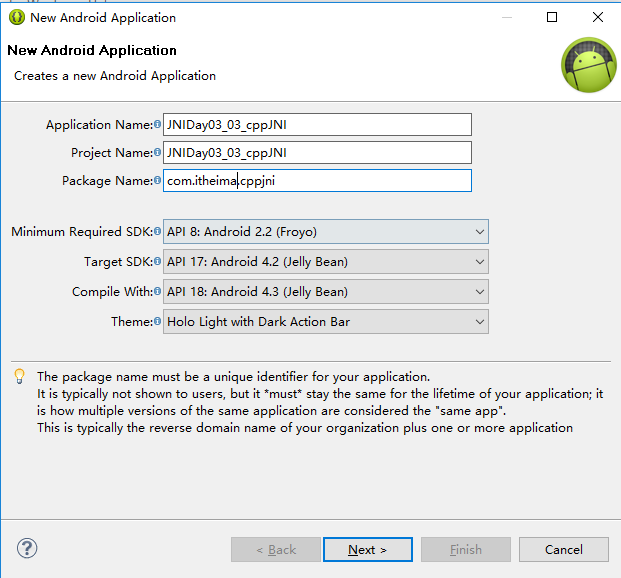
<RelativeLayout xmlns:android="http://schemas.android.com/apk/res/android" xmlns:tools="http://schemas.android.com/tools" android:layout_width="match_parent" android:layout_height="match_parent" android:paddingBottom="@dimen/activity_vertical_margin" android:paddingLeft="@dimen/activity_horizontal_margin" android:paddingRight="@dimen/activity_horizontal_margin" android:paddingTop="@dimen/activity_vertical_margin" tools:context=".MainActivity" > <Button android:layout_width="wrap_content" android:layout_height="wrap_content" android:onClick="helloincpp" android:text="调用C++函数" /> </RelativeLayout>
package com.itheima.cppjni; import android.os.Bundle; import android.app.Activity; import android.view.Menu; import android.view.View; import android.widget.Toast; public class MainActivity extends Activity { @Override protected void onCreate(Bundle savedInstanceState) { super.onCreate(savedInstanceState); setContentView(R.layout.activity_main); } public void helloincpp(View v){ Toast.makeText(this, hellocpp(), Toast.LENGTH_SHORT).show(); } public native String hellocpp(); }
Java的代码咱们就写好了.接下来是写C++的代码.

Android Tools->Add Native Support

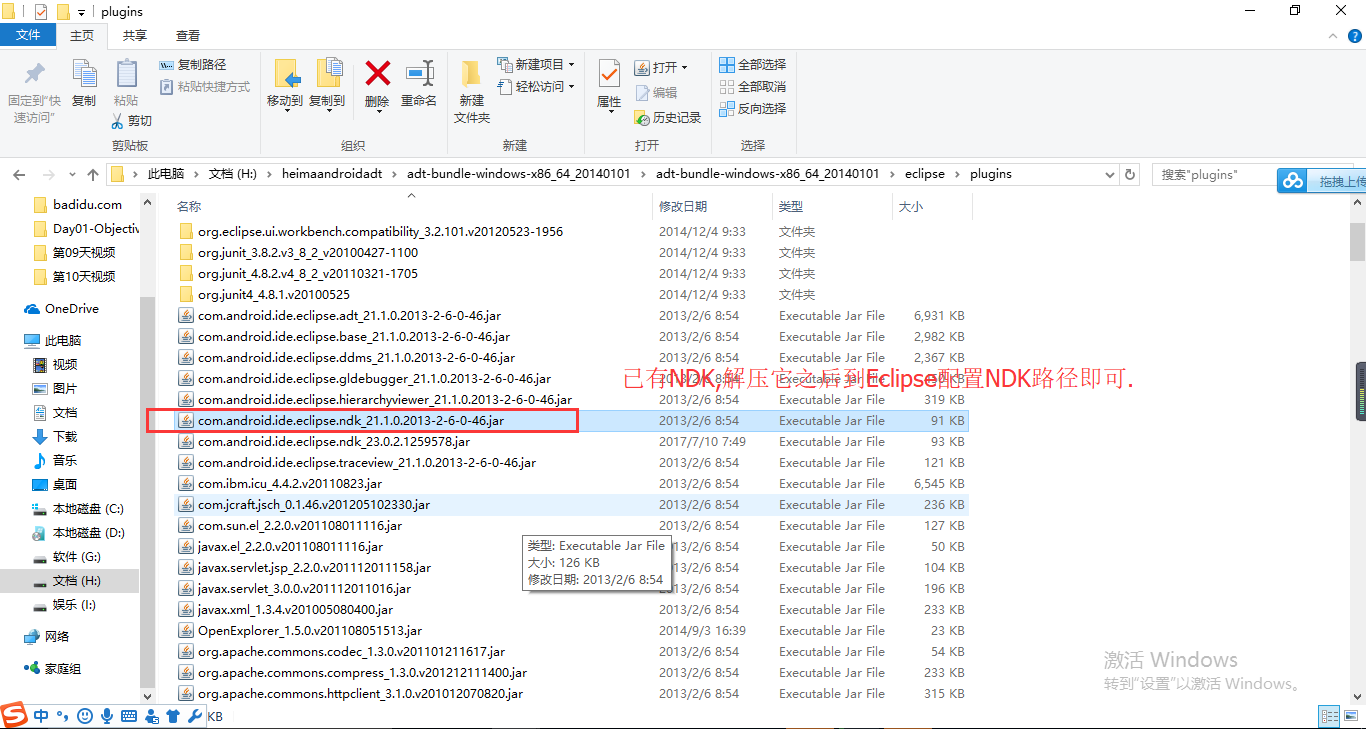
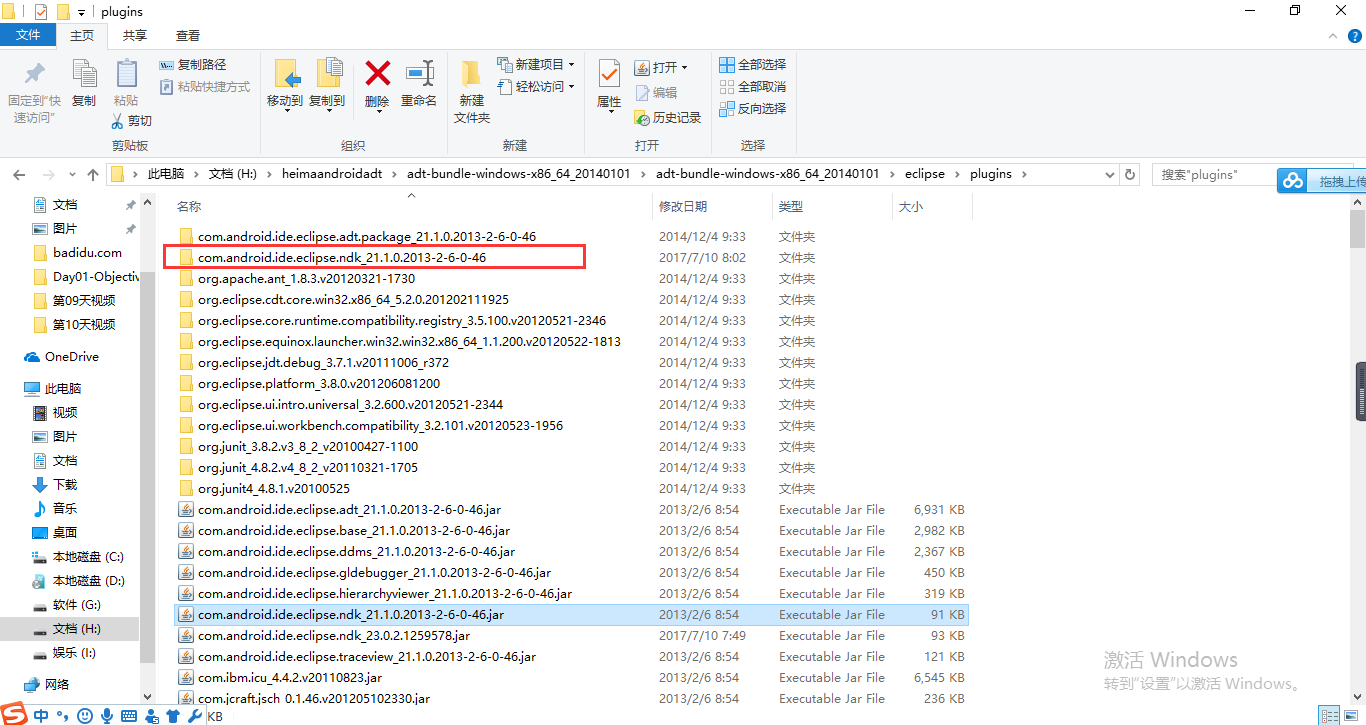
在你安装的ndk的主目录下创建一个ndk-build空文件,然后重新打开对话框选择就可以解决
eclipse adt 选择ndk目录时提示“Not a valid NDK directory”的问题了

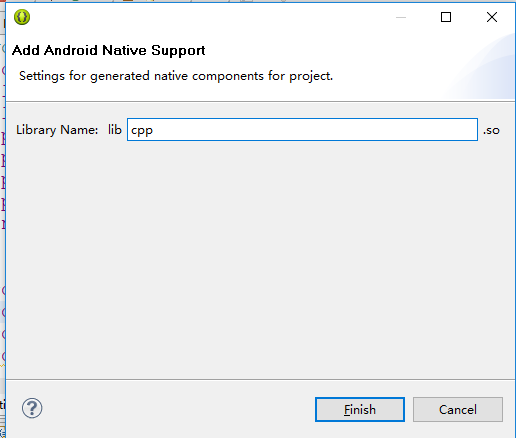
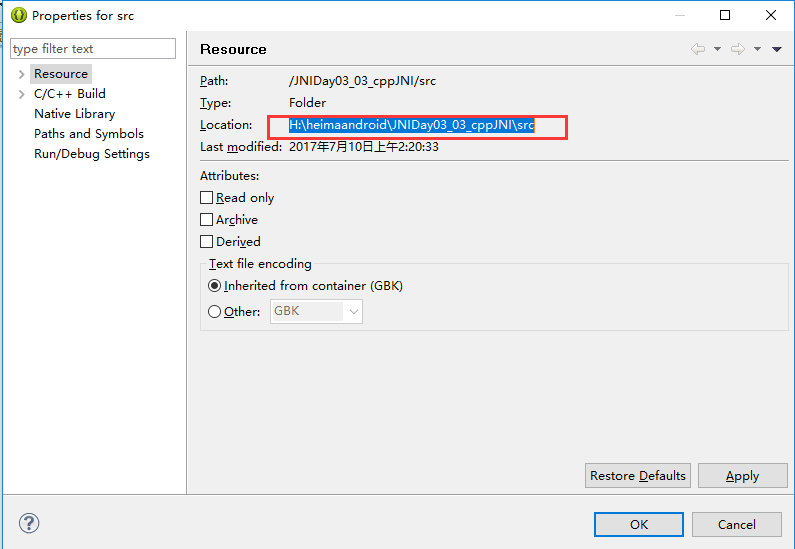
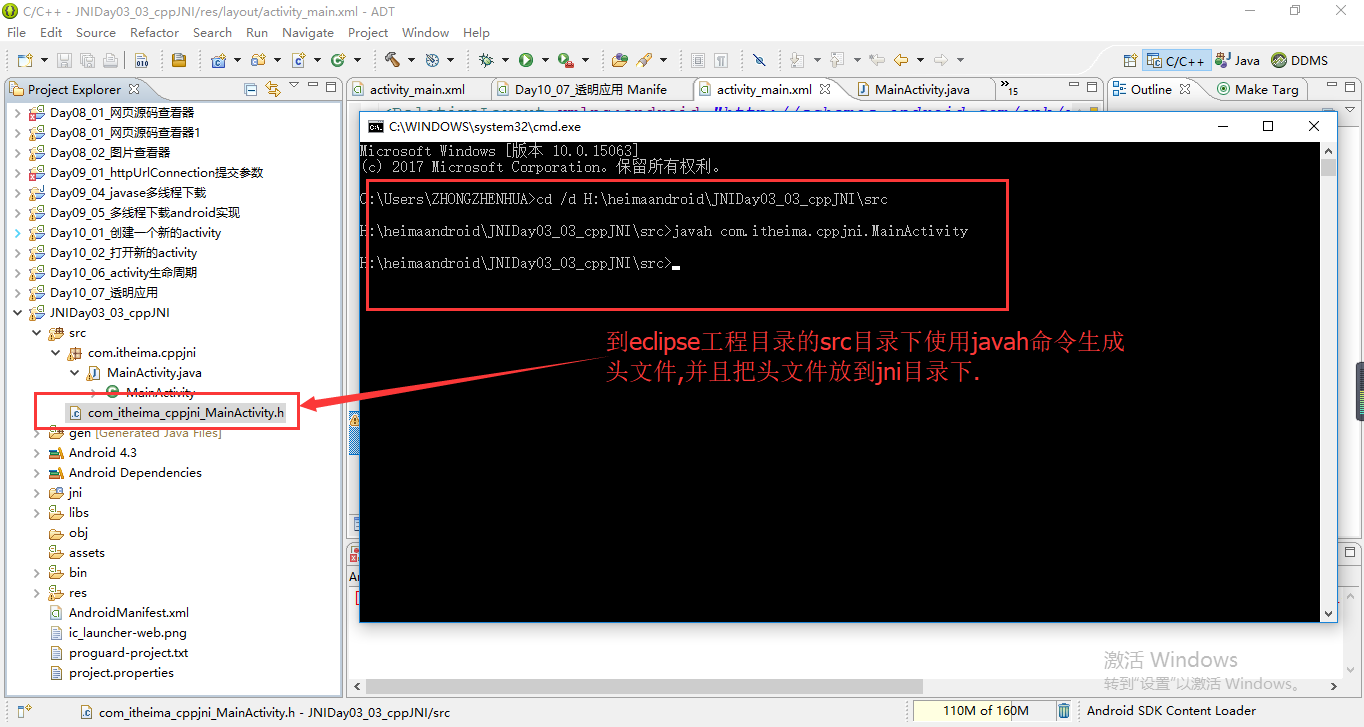
指定一个include目录的位置。
